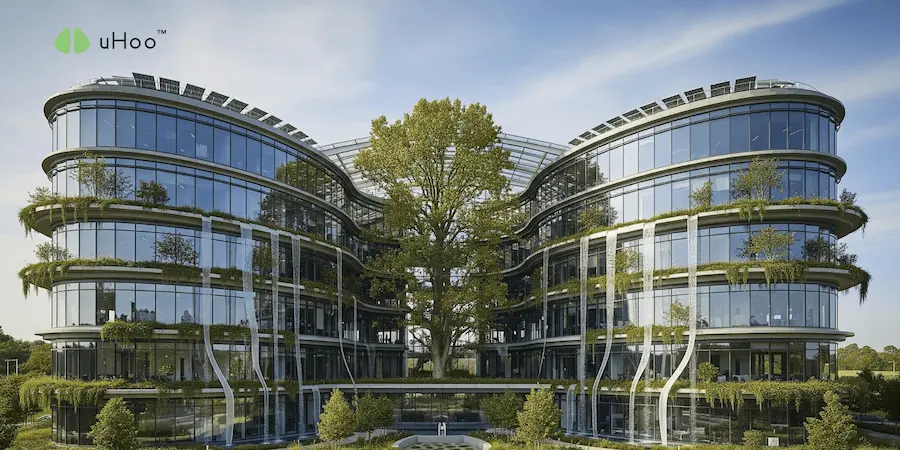In an increasingly dense and urbanized world, the concept of a “sanctuary” has evolved. It’s no longer just about quiet, secluded spaces. It’s about building environments that promote health, spaces that are meticulously designed and scientifically optimized to nurture human well-being.
Building environments that promote health requires a deeper understanding of environmental psychology, indoor air quality, and physiological responses within the built environment.
Here’s the science behind building environments that promote health:
- The Biophilia Effect: Humans have an innate connection to nature. The science of biophilia shows that incorporating natural elements (plants, natural light, natural materials, views of nature) into building design can reduce stress, improve cognitive function, and enhance overall mood. This isn’t just aesthetic. It triggers positive biological responses.
- Light as a Biological Regulator: Beyond just seeing, light profoundly impacts our circadian rhythm – our internal body clock that regulates sleep, energy, and mood.
- Science: Exposure to ample natural light during the day (especially bright, blue-rich light in the morning) helps regulate this rhythm, promoting alertness. Dim, warm light in the evenings signals the body to prepare for sleep. Spaces with poor natural light or excessive artificial blue light at night disrupt this crucial biological process.
- The Invisible Impact of Indoor Air Chemistry: This is where a significant part of the “sanctuary” science lies while building environments that promote health.
- Particulate Matter (PM2.5): These tiny particles can penetrate deep into the lungs and even enter the bloodstream, linked to respiratory and cardiovascular issues. Science shows that reducing PM2.5 is paramount for long-term health.
- Volatile Organic Compounds (VOCs): These are complex chemical compounds that off-gas from various materials. Research links VOC exposure to irritation, headaches, and even more serious health problems.
- Carbon Dioxide (CO2): While not a direct toxin at typical indoor levels, scientific studies show that elevated CO2 (above 800-1000 ppm) significantly impairs cognitive performance, decision-making, and even creativity. It’s a key indicator of poor ventilation.
- Thermal Comfort and Performance: Your body performs best within a narrow range of thermal comfort.
- Science: Extremes of heat or cold, or rapid fluctuations, can reduce concentration and increase discomfort. Balancing temperature and humidity (especially in a tropical climate like Pasay) is crucial for sustained performance and well-being.
- Acoustic Design for Mental Well-being: Unwanted noise (from traffic, neighbors, or even within the building) is a major stressor.
- Science: Excessive noise increases cortisol levels, impairs concentration, and disrupts sleep. Thoughtful acoustic design (soundproofing, absorptive materials) creates calm, productive spaces.
Building environments that promote health is a multi-faceted endeavor rooted in scientific understanding. Tools like uHoo are vital in this scientific pursuit, providing the precise, real-time data on air quality parameters to ensure that every aspect of the indoor environment is contributing to, rather than detracting from, human health and flourishing. It’s the science that transforms a building into a true sanctuary.



